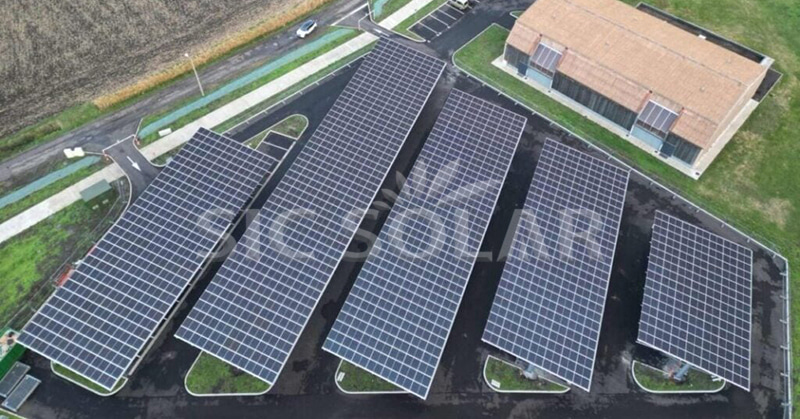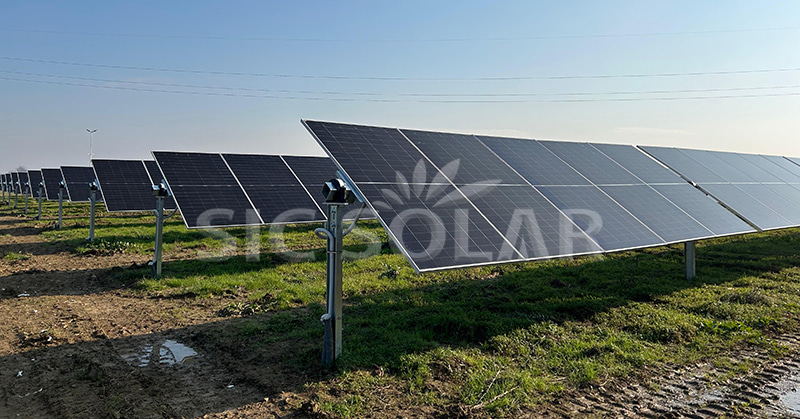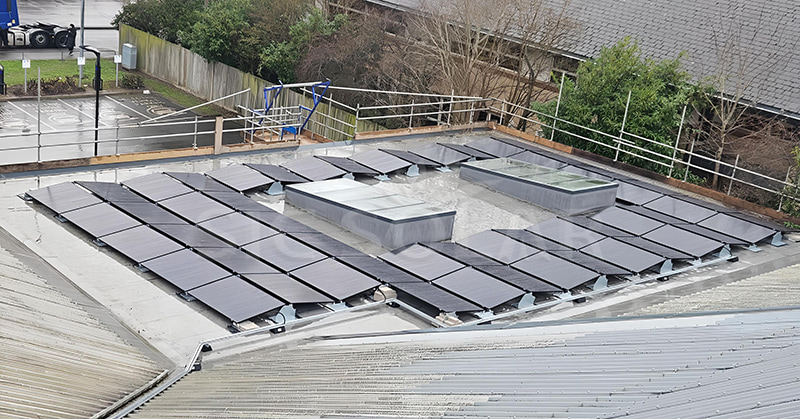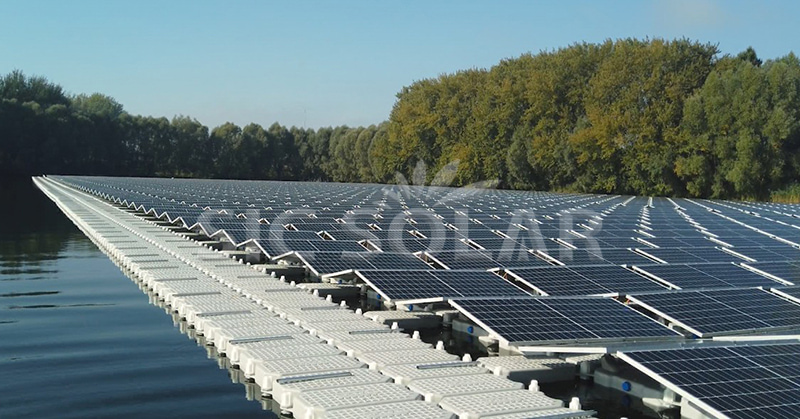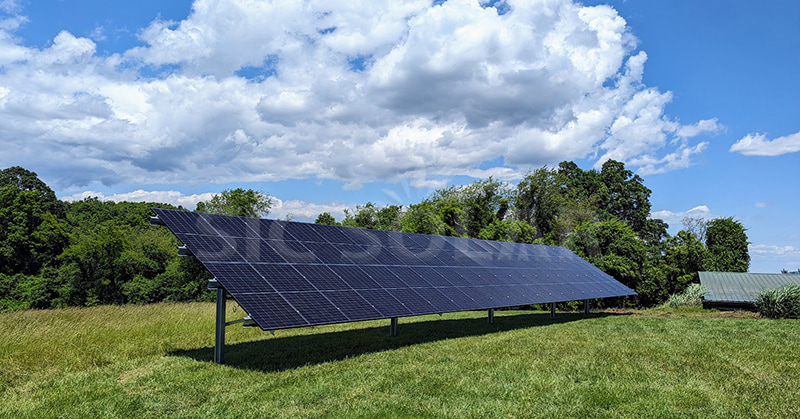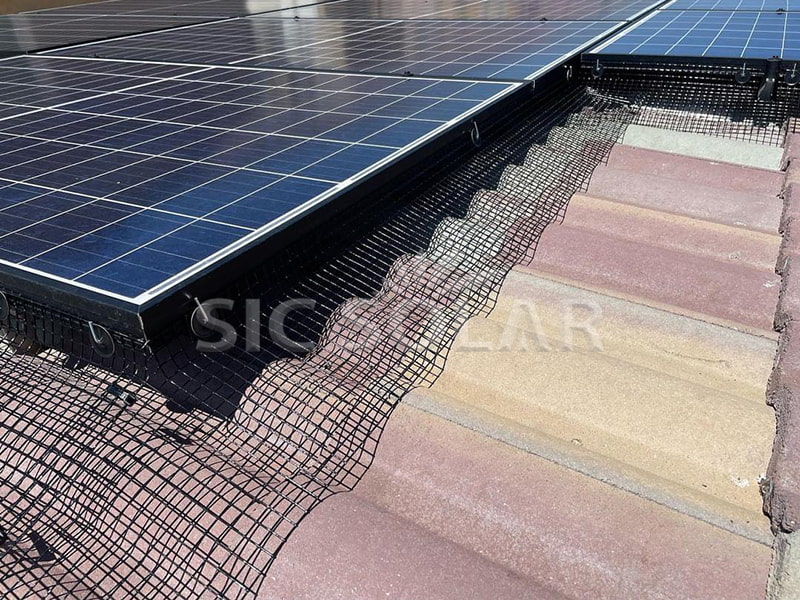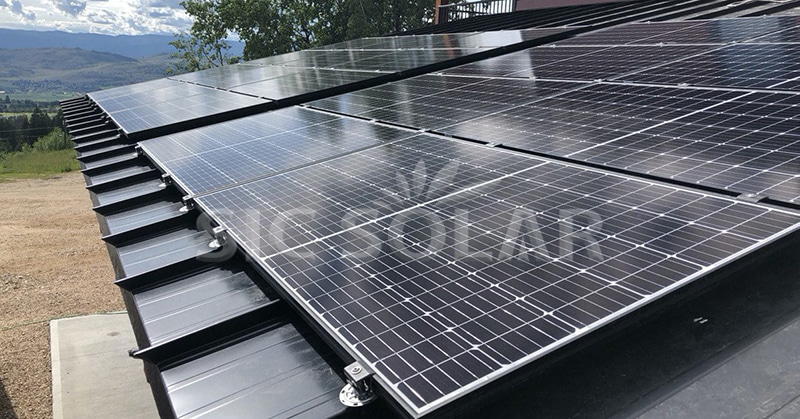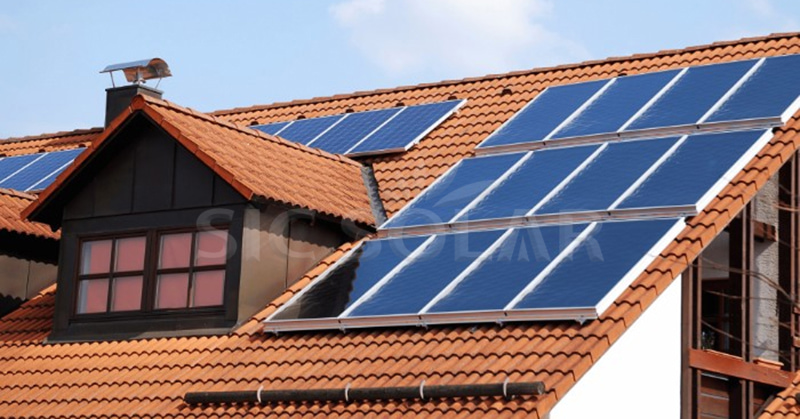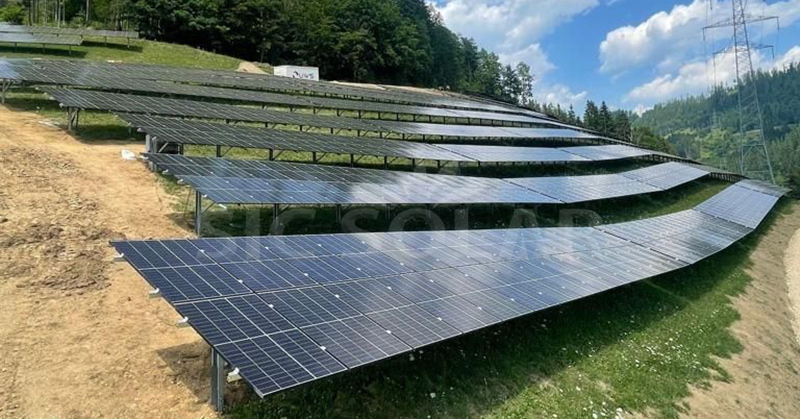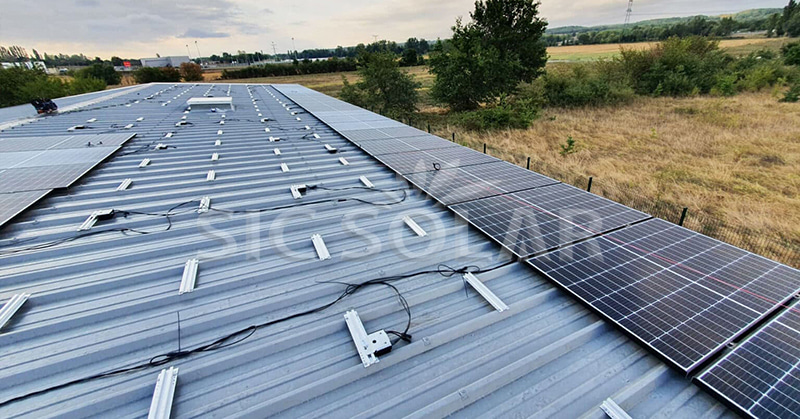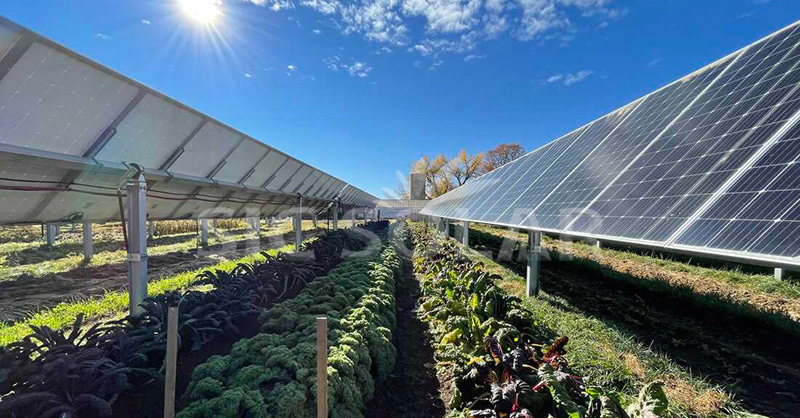How Many Solar Panels Do I Need for a Carport?
Solar carports are an efficient way to generate renewable energy while providing shade and protection for vehicles. They are particularly useful for residential homes, commercial spaces, and parking lots. If you’re considering installing a solar carport, one of the key questions is: how many solar panels do you need?
Factors That Determine the Number of Solar Panels
The number of solar panels required for a carport depends on several factors, including:
1. Energy Consumption Needs
The first step is to determine how much electricity you want the solar carport to generate. For example:
- A typical home consumes 900–1,200 kWh per month.
- An electric vehicle (EV) may require 250–500 kWh per month for charging.
- A small business with multiple parking spots may need significantly more energy.
The more energy you need, the more solar panels your carport will require.
2. Solar Panel Wattage
Different solar panels have varying power outputs, typically ranging from 300W to 600W per panel. Higher-wattage panels generate more electricity, meaning you will need fewer panels to meet your energy goals.
3. Available Space on the Carport
The size of your carport determines how many panels you can fit. Common carport sizes include:
- Single-car carport (~12-15 feet wide): Can typically fit 6-8 solar panels.
- Double-car carport (~18-20 feet wide): Can accommodate 12-16 solar panels.
- Larger commercial carports: Can hold dozens to hundreds of solar panels, depending on the structure.
4. Sunlight Exposure
The efficiency of your solar carport depends on how much sunlight it receives. Locations with more direct sunlight require fewer panels to generate the same amount of energy as areas with frequent cloud cover.
Example Calculation
Let’s say you want to generate 1,000 kWh per month, and you choose 400W solar panels. Assuming 5 hours of peak sunlight per day, the energy output per panel would be:
2 \text{ kWh/day} \times 30 \text{ days} = 60 \text{ kWh per month per panel}
1,000 \text{ kWh} \div 60 \text{ kWh per panel} = \text{about 17 panels}
So, you would need approximately 17 solar panels to meet this energy goal.
Choosing the Right Solar Carport Mounting System
Selecting a durable and efficient solar mounting structure is essential for the longevity and performance of your carport. SIC Solar provides high-quality solar carport mounting systems that are:
✔ Made from strong aluminum and steel for durability.
✔ Designed for easy installation and scalability.
✔ Engineered to withstand wind, snow, and other environmental factors.
The number of solar panels needed for a carport depends on energy consumption, panel efficiency, carport size, and sunlight availability. For a standard home with moderate energy use, a double-car solar carport with 12-16 panels is typically sufficient.
If you’re looking for a reliable and efficient solar carport mounting system, SIC Solar offers customizable solutions to fit residential and commercial projects. Contact us today to explore the best options for your solar carport installation!

